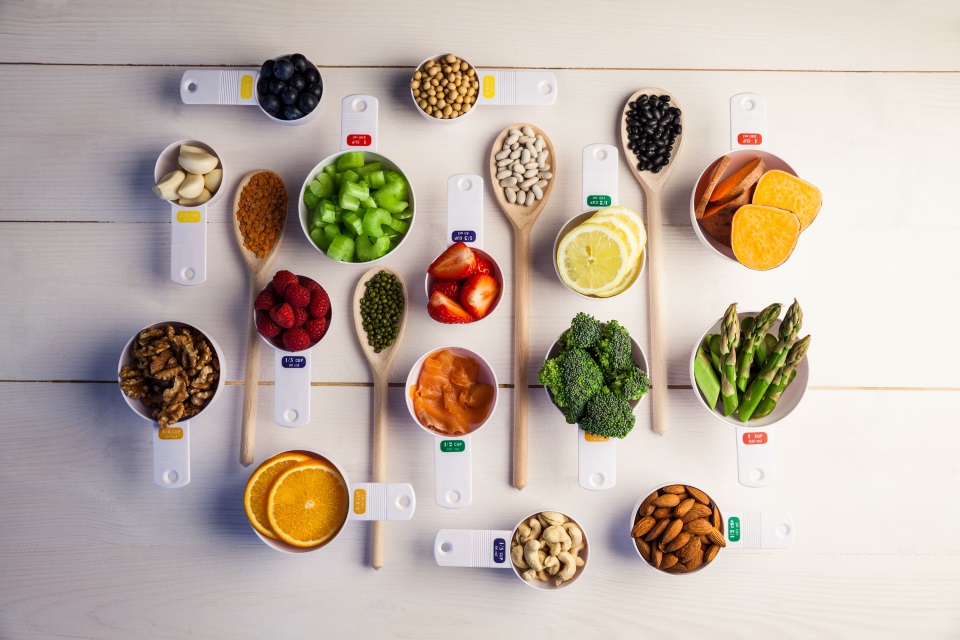Shadow. The Dr. Binocs Show.
DRAWING LIGHT AND SHADOWS
Light and shadows visually define objects. Before you can draw the light and shadows you see, you need to train your eyes to see like an artist.
You know the objects around you are 3D because you can walk up to them, see them from all sides, and touch them. Take a moment to look around you at familiar objects. Try to discover why you see their actual 3D forms. Look for the different values created by the light and shadows (Values are the different shades of gray between white and black).
Before you can draw the appropriate values that illustrate light and shadows correctly, you need to be able to visually identify the following:
- Center light: The place in which a dominant light hits the object. The placement of the light source affects every aspect of a drawing.
- Shadows: The areas on an object that receive little or no light.
- Cast shadow: The dark area on an adjacent surface where the light is blocked by the solid object.

Here there are some main shading techniques.
You should try them at home!



No hay comentarios:
Publicar un comentario